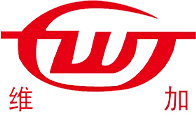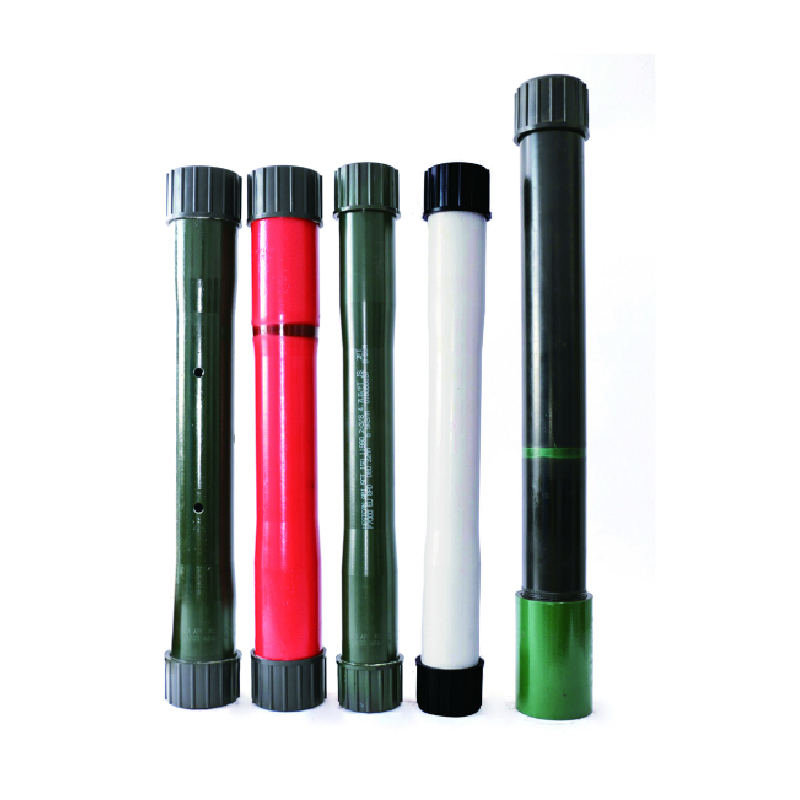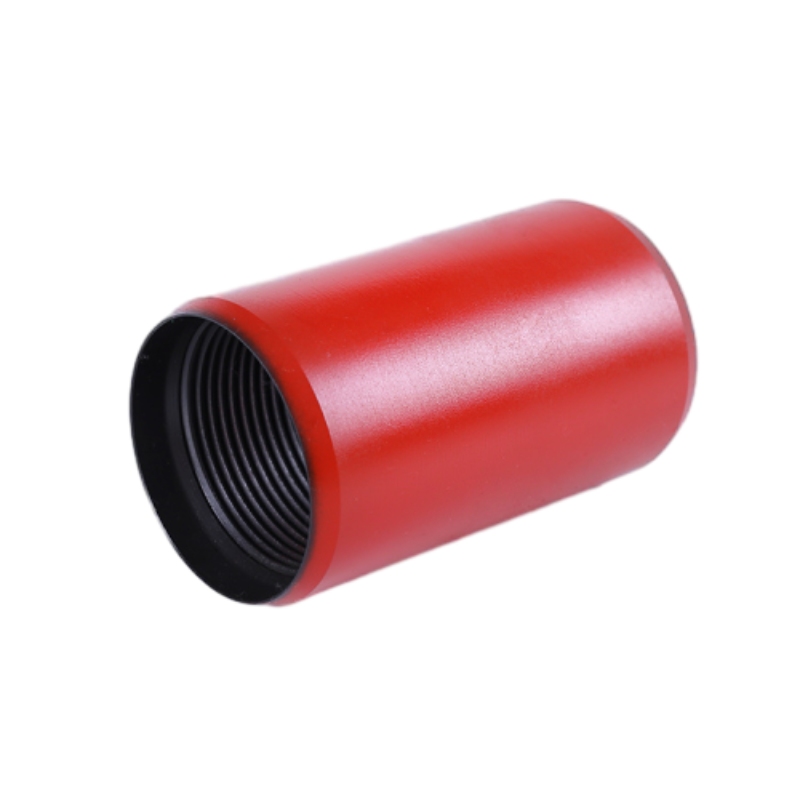Tubing Crossover: Precision, High-Strength, Fast Delivery
Field Notes on the Crossover: the small part that saves big money
In drilling yards from Oman to Odessa, you’ll hear the same request: “Do we have the right tubing crossover on the truck?” It sounds mundane until the rig is waiting. The Crossover from Hengshui Weijia Petroleum Equipment Manufacturing Co., Ltd. is designed for those moments—linking different thread types and sizes so operations don’t stall. To be honest, I’ve seen more NPT vs. premium thread mix-ups than anyone will admit; a reliable adapter is a quiet hero.

Industry trend check
Operators are standardizing fewer SKUs but demanding broader compatibility: EUE-to-BTC today, premium-to-premium tomorrow. Sour service, geothermal, and CCUS wells are pushing tougher metallurgy and stricter testing. Interestingly, many customers say the “fit-and-forget” approach—good seals, clean threads, no rework—is now a top KPI, right alongside cost per foot.
Product snapshot and key specs
| Item | Typical Range / Notes (≈, real-world may vary) |
|---|---|
| Sizes | 1.9"–7" O.D. (tubing/casing cross-compatibility) |
| Thread types | EUE, NUE, BTC, LTC, NC; licensed premium (on request) |
| Materials | AISI 4130/4140/4145H; sour-service options per NACE MR0175 |
| Hardness & heat treatment | Quenched & tempered; HRC tuned to connection class |
| Pressure test | Hydrostatic up to ≈ 10,000–15,000 psi (sample results below) |
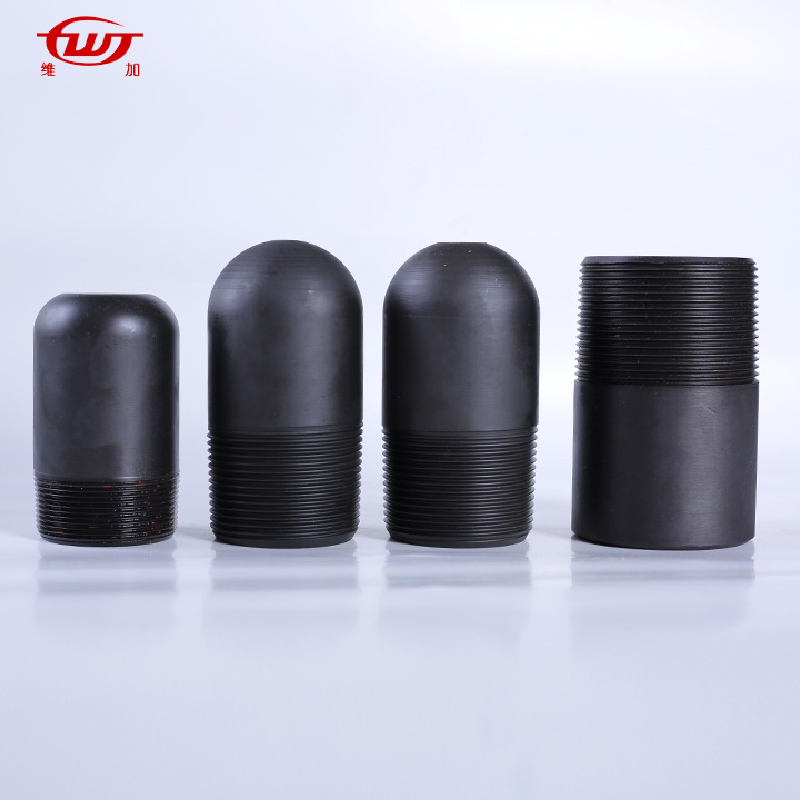
How it’s made (brief but real)
- Materials: forged alloy steel blanks, mill-certified.
- Methods: CNC rough/finish machining, premium thread cutting, phosphate or copper plating to reduce galling.
- Gauging & inspection: API thread gauges; 100% visual + magnetic particle testing (MT).
- Pressure & seal: hydrostatic hold, typically 10–15 ksi; torque-turn monitored.
- Standards referenced: API 5CT/Spec 7-2, ISO 11960, ISO 13679 (connection testing).
- Service life: around multiple RIH/POOH cycles when handled per rig best practices; depends on torque, dope, cleanliness.
Where a tubing crossover earns its keep
- Connecting EUE tubing strings to BTC liners during workover.
- Adapting premium-to-API for temporary test strings in HP/HT wells.
- Geothermal and UGS projects where legacy and new strings must mate.
Advantages, in plain language: quick compatibility, lower inventory, fewer NPT surprises. As one drilling superintendent told me, “If the tubing crossover threads are clean and true, my crew’s day gets easier.”
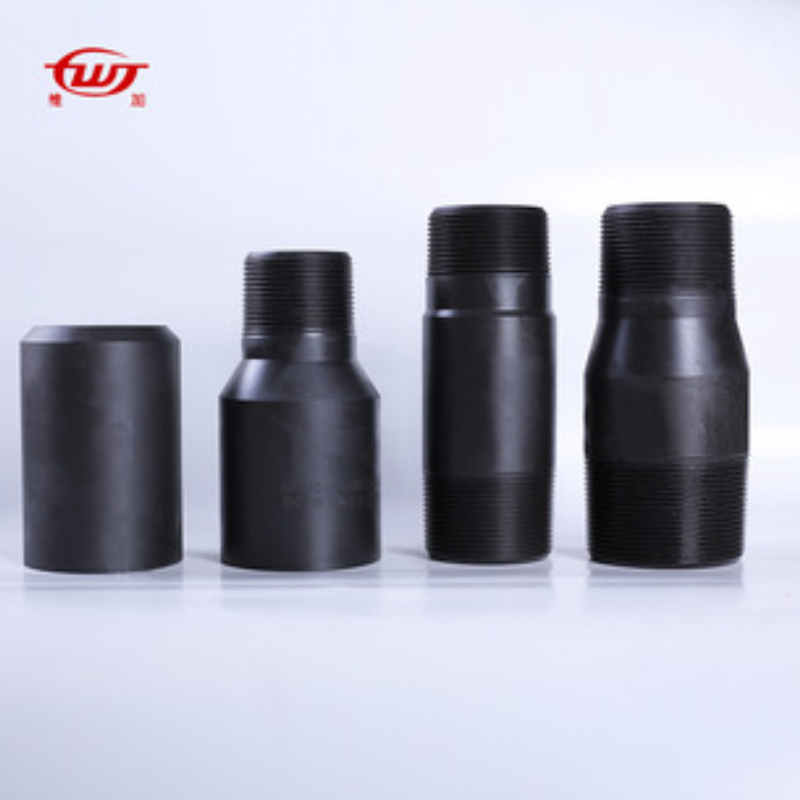
Test data (sample, shop acceptance)
Sample 3.5" EUE-to-BTC, AISI 4140: hydrostatic hold at 12,500 psi for 15 min, no visible leakage; torque to make-up per API charts ±5%. Note: your well conditions and dope selection can change outcomes.
Vendor comparison at a glance
| Vendor | Strengths | Lead Time (≈) | Certs |
|---|---|---|---|
| Hengshui Weijia (Crossover) | Broad thread coverage; QC tied to API practice; customization | 2–4 weeks | API-referenced; MTCs; NACE options |
| Typical Import Brand | Competitive price; standard API threads | 3–6 weeks | Basic MTCs |
| Regional Machine Shop | Fast small-batch; local support | 3–10 days | Varies by shop |
Customization menu
Thread pairings (EUE↔BTC, EUE↔premium, NC↔LTC), material upgrades for H2S, surface treatments (phosphate, copper), serialized marking, drift/pressure certificates, wooden/steel crates, and yes—those oddball legacy sizes from the back of the warehouse. It seems that’s where the headaches hide.

Quick case notes
- Middle East workover: EUE 3.5" to BTC 4.5" string; sour-service spec; zero re-cuts over a 6-well campaign.
- Permian test string: premium-to-API temporary flowback; crews liked the clean make/break behavior—“surprisingly forgiving,” one toolpusher said.
Final thought: a tubing crossover won’t headline your AFE, yet when it’s machined right and tested to spec, it keeps the whole line moving. And that, in field economics, is everything.
References
- API 5CT – Specification for Casing and Tubing.
- API Spec 7-2 – Threading and Gauging of Rotary Shouldered Connections.
- ISO 11960 – Petroleum and natural gas industries — Steel pipes for use as casing or tubing.
- ISO 13679 – Procedures for testing casing and tubing connections.
- NACE MR0175/ISO 15156 – Petroleum and natural gas industries — Materials for use in H2S-containing environments.
-
Tubing Crossover - API Compatible, Custom Sizes, In StockNewsNov.10,2025
-
Tubing Coupling | High-Strength, Leak-Proof Steel CouplingsNewsNov.10,2025
-
Wholesale API Threading Casing Coupling | API 5CT, Fast ShipNewsNov.10,2025
-
Pup Joint Supplier | API Certified, Custom, Quick ShipNewsNov.10,2025
-
Pup Joint Manufacturers | Precision Machined, Fast DeliveryNewsNov.10,2025
-
Tubing Coupling | Precision Steel, Leak-Proof, Fast DeliveryNewsNov.03,2025
